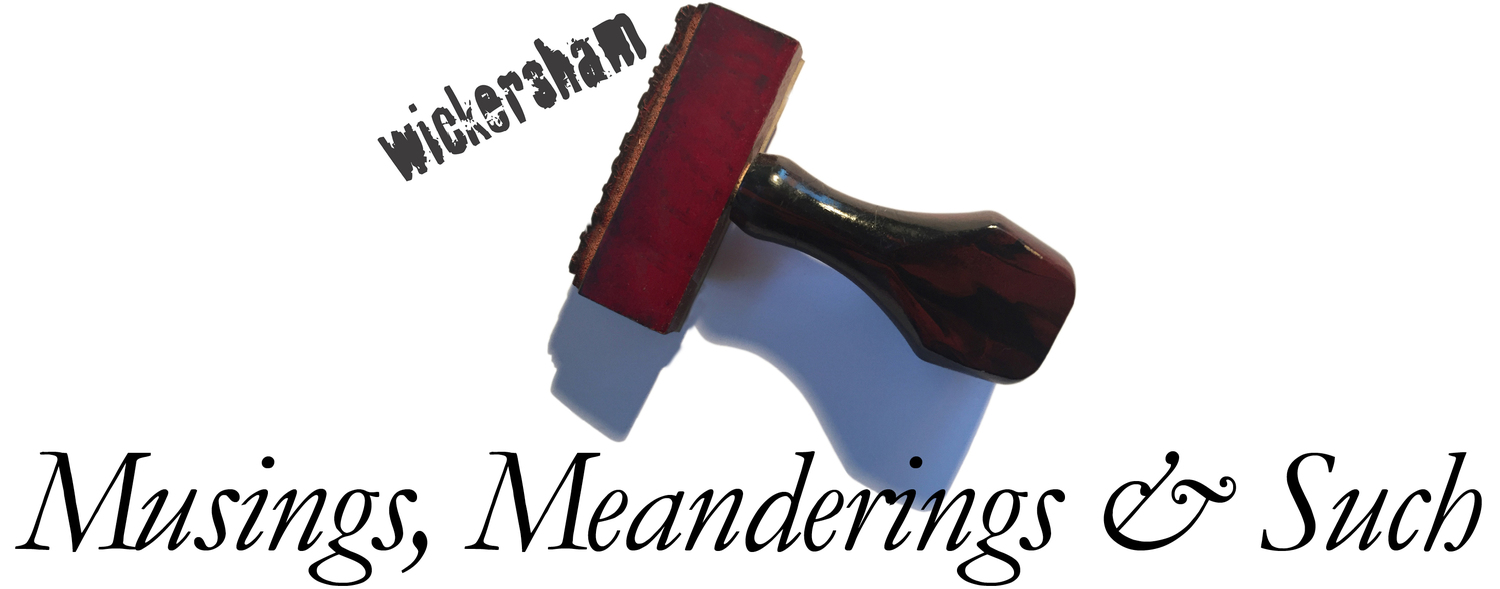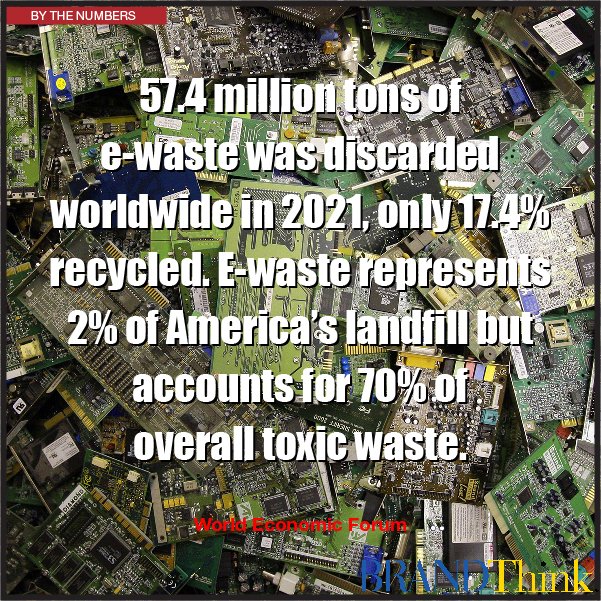Welcome to the explosion of AI-generated content farms.
And that waste will likely increase exponentially by exploiting programmatic ad placement on AI-generated sites. Generative AI offers a new way to automate the content farm process that can be scaled almost infinitely and in a fraction of the time resulting in what NewsGuard calls “unreliable artificial intelligence–generated news websites.”
Most companies that advertise online automatically bid on spots to run those ads through programmatic advertising. Algorithms place ads on various websites according to complex calculations that optimize the number of eyeballs an ad might attract from the company’s target audience. As a result, big brands pay for ad placements on websites they may have never heard of before, with little to no human oversight. Welcome to the farm.
NewsGuard recently uncovered nearly 50 junk websites publishing content entirely created by generative AI. It describes the articles as "low quality" and “clickbait," certainly not brand-friendly environments. And certainly not delivering quality eyeballs, and maybe no eyeballs at all.
Many of the sites are simply designed to generate money by showing advertising and affiliate links to readers. Others may have a more nefarious purpose, such as spreading disinformation, conspiracy theories, or propaganda.
NewsGuard goes on to say, “Developers are using AI chatbots to fill junk websites with AI-generated text that attracts paying advertisers. Over 140 major brands are paying for ads that end up on unreliable AI-written sites, likely without their knowledge. This practice threatens to hasten the arrival of a glitchy, spammy internet that is overrun by AI-generated content, as well as wasting massive amounts of ad money.”
As this problem becomes more widespread, advertisers will likely demand more transparency from ad networks and publishers. They will need to be able to track where their ad dollars are going and ensure that they are well-spent on high-quality content.
Even so, reliability with programmatic advertising is an old problem that has never been solved, and AI is simply throwing fuel on the fire.
Good luck with that.




















